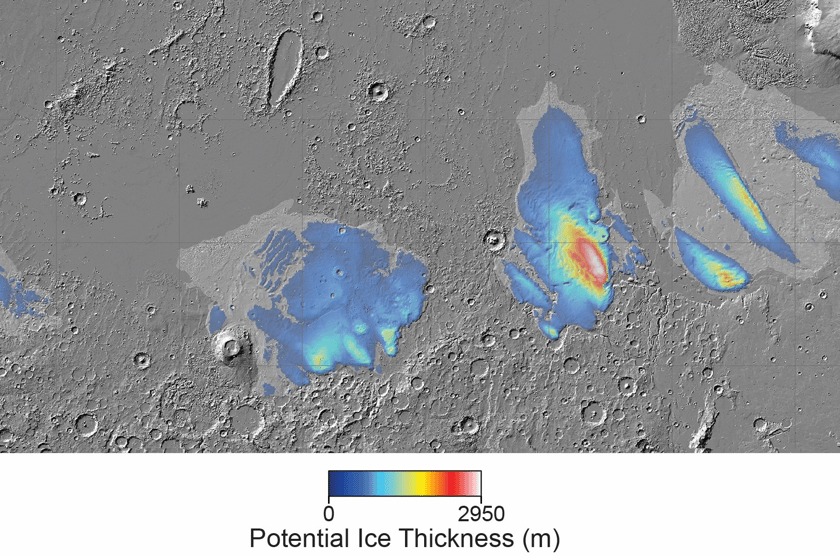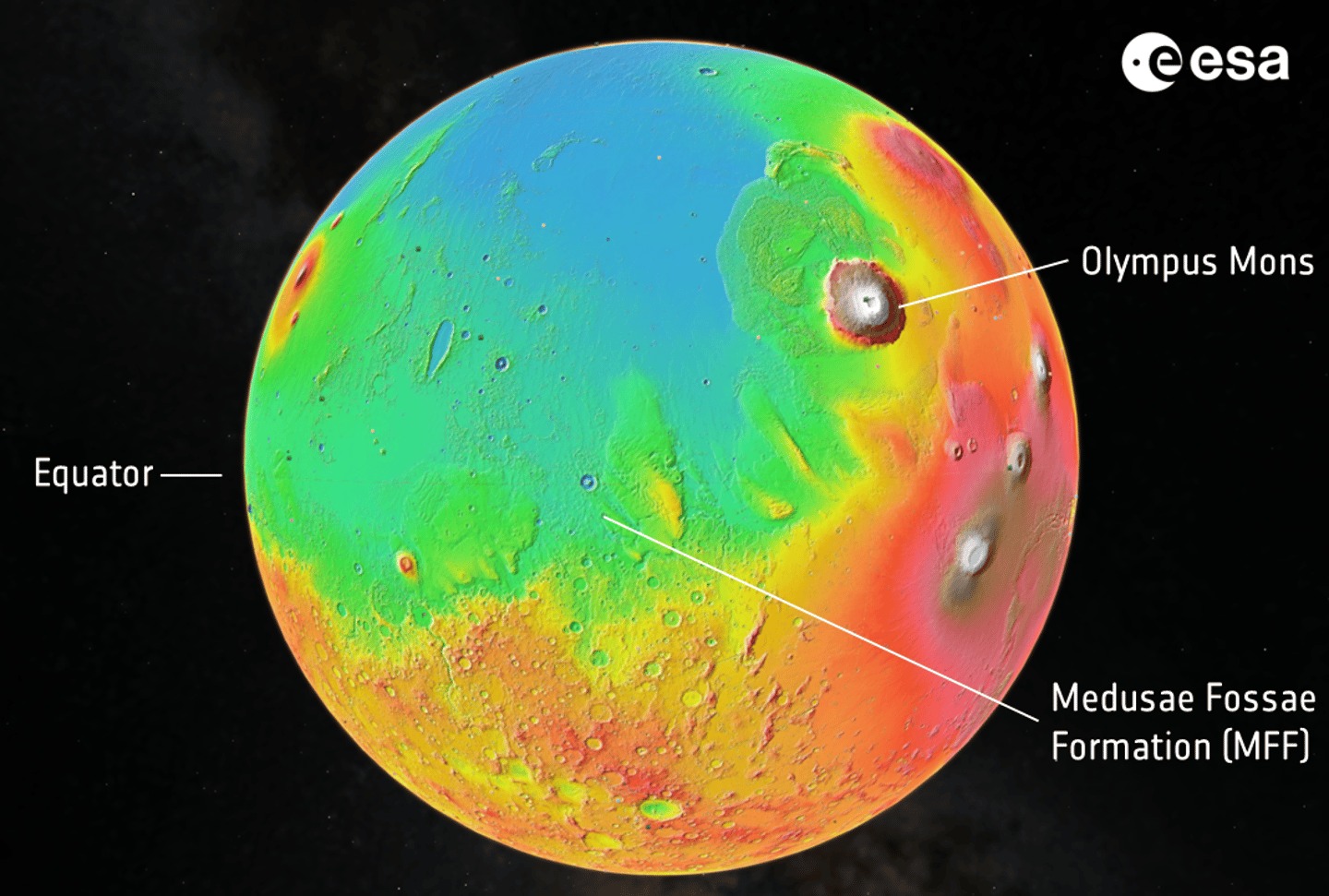Massive subsurface frozen sea discovered on Mars
 Illustrative photo (Photo: pixabay.com)
Illustrative photo (Photo: pixabay.com)
Under the surface of Mars, in the equatorial region, enormous deposits of frozen water have been discovered. The thickness of the icy layer is estimated to be 3.7 kilometers, according to the European Space Agency's website.
What is the Martian environment like today?
The current atmosphere of Mars is as dry as possible. To simulate the Martian environment in experiments, scientists often resort to using the Atacama Desert on Earth.
However, despite the fact that the desert is one of the driest places on our planet, compared to Mars, it is like a tropical forest.
In the past, the surface of the Red Planet was not so lifeless. Rivers once flowed on Mars, and there was even a shallow ocean on its surface.
What is known about the frozen sea?
Fresh data from the European Space Agency (ESA), obtained through the orbital ground-penetrating radar Mars Express, indicate that these enormous water masses seemingly did not disappear without a trace and may have partially preserved beneath the surface in the form of ice.

Map of ice on the planet (Photo: European Space Agency)
According to scientists, the signature of the detected underground layers indicates the presence of water ice. And the radar signals are similar to those previously obtained from the polar caps of Mars, known to be rich in ice.
The exact amount of ice has not been determined by researchers yet, but preliminary analysis suggests that if melted, the water could cover the entire surface of Mars, forming an ocean with a depth of up to 2.7 meters.

In the equatorial region of Mars, there may be deposits of water ice (Photo: European Space Agency)
"How long ago did these ice deposits form, and what was Mars like at that time? If confirmed to be water ice, these massive deposits would change our understanding of Mars climate history. Any reservoir of ancient water would be a fascinating target for human or robotic exploration," said ESA scientist Colin Wilson.
However, the ice is covered with hundreds of meters of volcanic ash and dry dust, making it inaccessible to humans for at least the next few decades.
And we also reported that traces of life have been found in an ancient lake on Mars.

